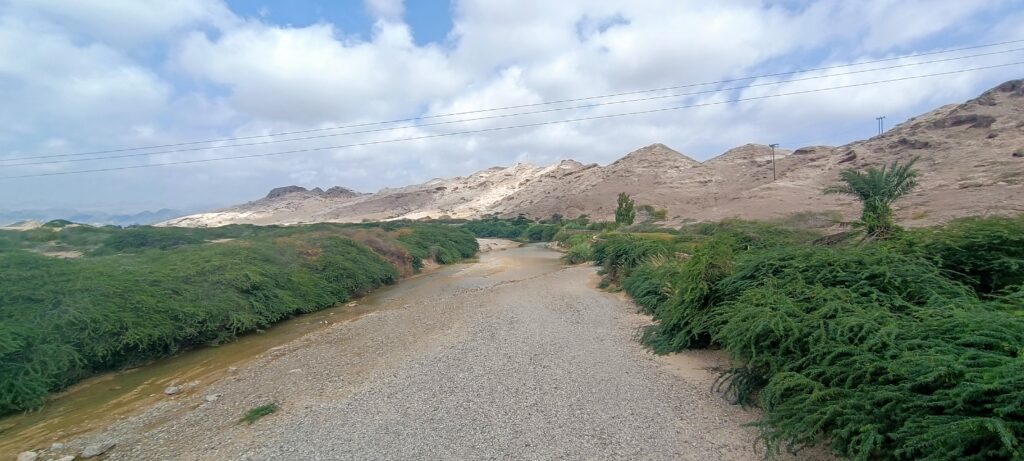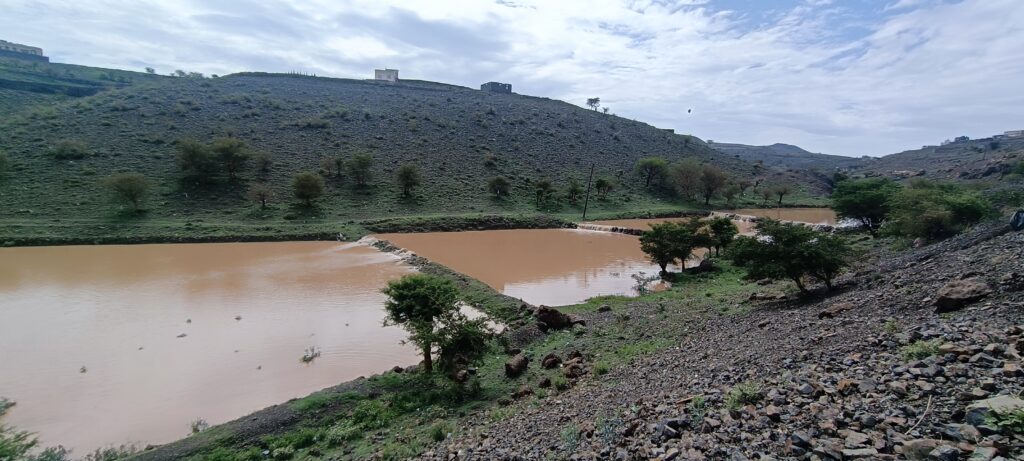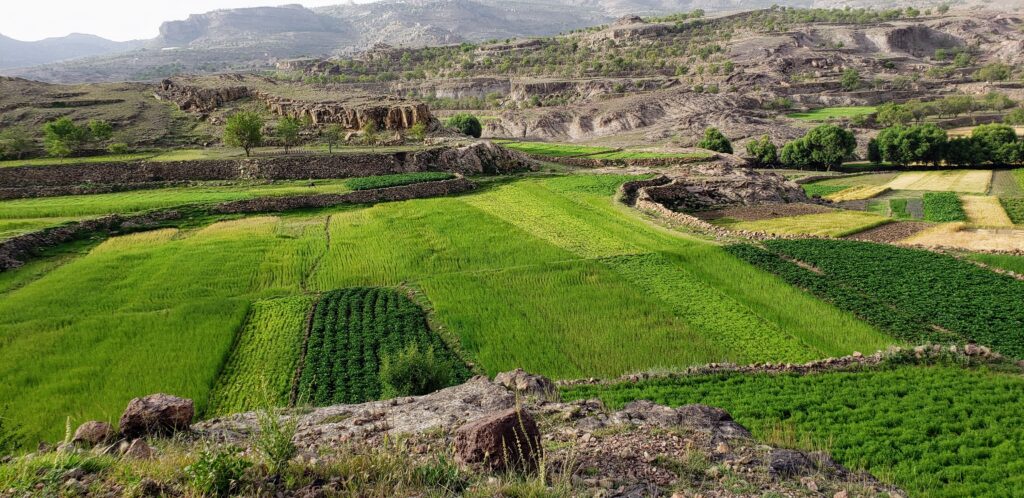Yemen, a nation steeped in history and culture, is facing critical challenges in water resource management due to its complex hydrological landscape. Yemen hydrology is characterized by arid to semi-arid climates, irregular rainfall patterns, and diverse topography—from coastal plains to rugged mountains. Understanding the hydrological dynamics of Yemen is essential for sustainable development, disaster mitigation, and the well-being of its people.

The Hydrological Landscape of Yemen
Diverse Topography Influencing Yemen Hydrology
Yemen’s geography plays a pivotal role in its hydrological patterns. The country is divided into several distinct regions:
- Coastal Plains (Tihama): Low-lying areas along the Red Sea and Arabian Sea with minimal rainfall and high evaporation rates.
- Western Highlands: Elevated regions receiving the highest rainfall due to orographic effects, making them crucial for surface water generation.
- Eastern Plateau and Desert Regions: Dominated by arid conditions with scarce precipitation.
- Wadis (Dry Riverbeds): Seasonal watercourses that are vital for groundwater recharge and agriculture during sporadic rainfall events.
Challenges in Yemen Hydrology
Water Scarcity and Overexploitation
Yemen hydrology is heavily impacted by water scarcity, one of the most pressing issues in the country. With one of the lowest per capita water availability rates globally, Yemen faces severe stress on its water resources. Factors contributing to this scarcity include:
- Over-extraction of Groundwater: Excessive pumping for agricultural and domestic needs has led to declining water tables.
- Limited Surface Water: Seasonal rivers and streams are insufficient to meet year-round demands.
- Rapid Population Growth: Increasing the strain on already depleted water supplies.
Flood Risks Amidst Aridity
Despite arid conditions, Yemen experiences devastating flash floods due to intense, short-duration rainfall events, particularly in the western highlands. These floods lead to:
- Loss of Life and Property: Sudden inundations cause casualties and significant damage to infrastructure.
- Soil Erosion: Rapid runoff erodes fertile soils, affecting agricultural productivity.
Impact of Climate Change on Yemen Hydrology
Climate change exacerbates existing challenges in Yemen hydrology by altering precipitation patterns and increasing the frequency of extreme weather events. This variability makes water resource management more complex and unpredictable. More information about Yemen’s climate change from the Green Climate Fund
Opportunities and Strategies in Yemen Hydrology
Implementing Sustainable Water Management Practices

To address the challenges in Yemen hydrology, several strategies can be adopted:
- Rainwater Harvesting: Reviving traditional practices like terracing and building cisterns can capture and store rainwater for agricultural and domestic use.
- Groundwater Regulation: Enforcing policies to prevent over-extraction, such as regulating well drilling and promoting efficient irrigation techniques like drip irrigation.
- Flood Management Systems: Developing early warning systems and constructing infrastructure like check dams to mitigate flood risks.
- Integrated Water Resources Management: Adopting holistic approaches that consider the interconnectivity of surface water, groundwater, and ecosystem needs.
- Alternative Water Sources: Investing in desalination and wastewater treatment to supplement freshwater supplies.
Advancements in Hydrological Research
Recent efforts in hydrological research focus on:
- Hydro-Meteorological Monitoring: Enhancing data collection to improve understanding of rainfall distributions and water flow dynamics.
- Remote Sensing and GIS Applications: Utilizing satellite imagery for mapping and monitoring water resources and land use changes.
- Community Engagement: Involving local communities in water management decisions to ensure sustainability and effectiveness.
Case Study: Early Flood Warning Systems in Yemen
A notable advancement in Yemen hydrology is the development of Early Flood Warning Systems which IMPACT Consulting has contributed to its current development. These systems aim to:
- Predict Rainfall and Flood Events: Using satellite data and global climate models to forecast potential flooding.
- Model Rainfall-Runoff Processes: Simulating how rainfall translates into river flow, especially in areas lacking hydrological data.
- Enhance Preparedness: Providing timely warnings to communities, allowing for proactive measures to protect lives and property.
Importance of Addressing Yemen Hydrology Challenges
Effectively managing Yemen hydrology is crucial for:
- Ensuring Water Security: Adequate and sustainable water supplies are vital for health, agriculture, and economic development.
- Reducing Disaster Risks: Mitigating the impacts of floods and droughts protects communities and infrastructure.
- Promoting Sustainable Development: Balanced use of resources supports long-term socio-economic growth.
Conclusion
Yemen hydrology presents a complex interplay of challenges and opportunities. Addressing water scarcity, flood risks, and the impacts of climate change requires concerted efforts combining traditional knowledge and modern technology. By implementing sustainable management practices, investing in research, and engaging communities, Yemen can overcome its hydrological challenges and secure a resilient future for its people.
Efforts to understand and improve Yemen hydrology not only benefit the nation but also contribute valuable insights to global water resource management. Collaborative initiatives and innovative solutions are key to unlocking the potential within Yemen’s diverse hydrological landscape.

